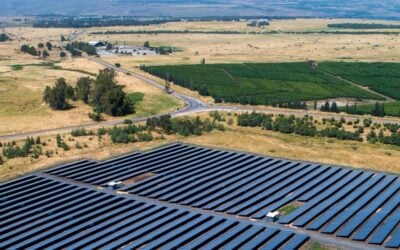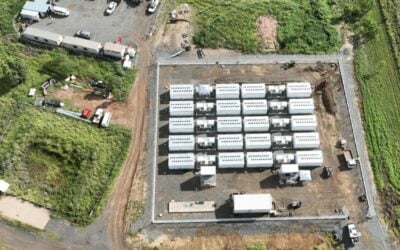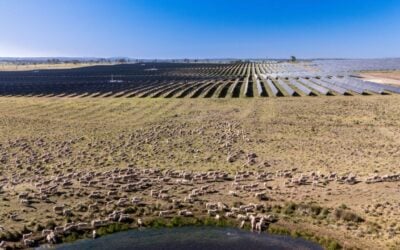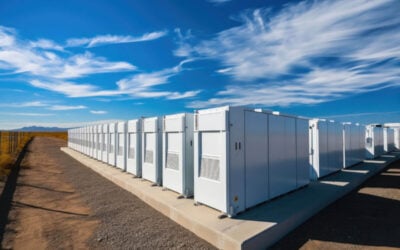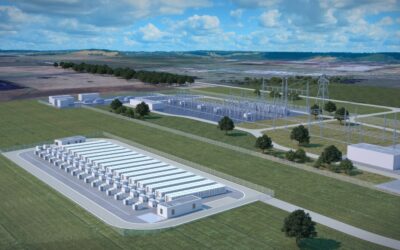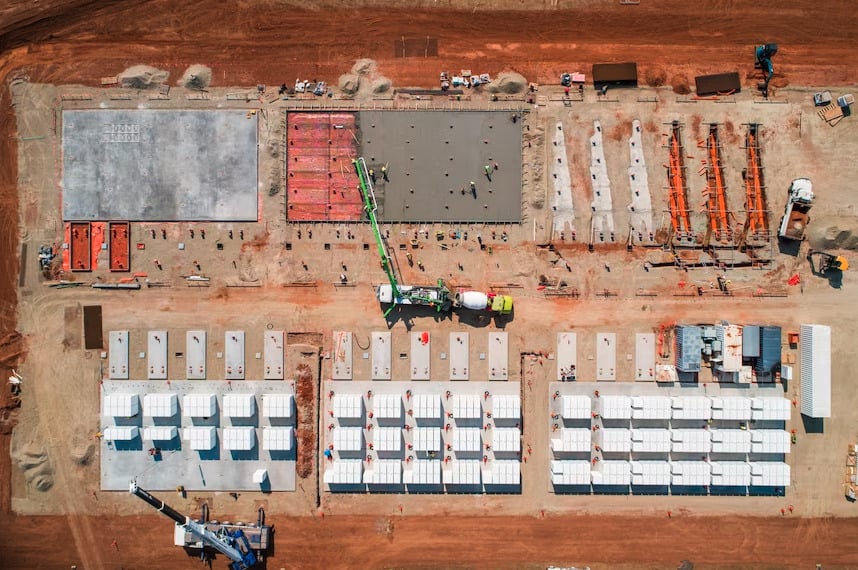
2,595MWh of utility-scale battery energy storage projects have been successful in Western Australia’s first Capacity Investment Scheme (CIS) tender.
The winning projects, the Boddington Giga Battery, Merredin Big Battery, Muchea Battery, and Waroona Renewable Energy Project, amount to 654MW/2,595MWh and are scheduled to be operational by October 2027. Each of the projects are 4-hour in duration.
Enjoy 12 months of exclusive analysis
- Regular insight and analysis of the industry’s biggest developments
- In-depth interviews with the industry’s leading figures
- Annual digital subscription to the PV Tech Power journal
- Discounts on Solar Media’s portfolio of events, in-person and virtual
Or continue reading this article for free
Progressive Green Solutions (PGS) Energy is developing the Boddington Giga Battery, a 324MW/1,200MWh system. The project will feature a solar PV power plant and be developed in Marradong, around 120 km south-east of Perth.
French independent power producer (IPP) Neoen, which is set to be acquired by Canadian asset manager Brookfield, is behind the second-largest successful BESS in the CIS tender. The Muchea Battery, to be developed 43km northeast of Perth, is a 150MW/615MWh system.
The Merredin Big Battery (100MW/400MWh) and the Waroona Renewable Energy Project – Stage 1 (80MW/380MWh) are being developed by Atmos Renewables and Frontier Energy, respectively. The Merredin site will be 230km east of Perth, while the Waroona project will be 120km south of the state capital.
Renewable energy developer Frontier Energy said last year that it had been forced to pursue “alternative funding solutions” after missing out on Reserve Capacity Credits (RCCs) from the Australian Energy Market Operator (AEMO).
Waroona was provisionally assigned 87.2MW of Certified Reserve Capacity in August 2024, but Frontier missed out on securing RCCs in the final allocation process. One of the alternative funding solutions the company’s CEO, Adam Kiley, had noted was the CIS initiative.
The successful projects in this tender have committed a total investment of AU$145 million (US$92 million) in shared benefits to local project communities and AU$41.5 million in initiatives for local First Nations groups. The next Western Australia tender is scheduled for mid-2025.
Western Australia’s CIS tender attracts seven times more capacity than tendered
The tender launched in September 2024 and sought to secure 500MW/2,000MWh of battery energy storage systems (BESS) in the state. The Australian government said in a statement today (20 March) that the tender saw “exceptionally strong” interest from developers with initial bids for projects to deliver nearly seven times more capacity than tendered.
This follows a trend with many of the CIS tenders, several of which have been oversubscribed. Last year, our sister site PV Tech reported that the first national CIS tender, which sought to secure 6GW, saw 40GW of bids registered, with Chris Bowen, Australia’s energy minister, having deemed around 27GW of these as “very high quality”.
As a result, the next national tender is now seeking 10GW of capacity from energy storage, wind, and solar PV, an increase on the 6GW previously sought.
Under the CIS initiative, the government effectively underwrites revenues for successful projects against agreed revenue ‘floor’ and ‘ceiling’ prices through 10–15-year Capacity Investment Scheme Agreements (CISAs). This is similar to the Contracts for Difference (CfD) initiatives in regions such as the UK and the EU.
Australia’s CIS tenders are a key driver of growth for energy storage
The CIS tender featured heavily throughout the Energy Storage Summit Australia 2025 earlier this week, with a collective opinion that it is one of the key drivers of investment and support for energy storage developments in the country.
During a panel discussion centred around the CIS and some of the incentives for energy storage technologies, Tim Buckley, director of the think tank Climate Energy Finance (CEF) and a recent interviewee for ESN Premium, explained that big players in the financing world are starting to notice Australia’s energy storage market.
“When I look at wind or solar-plus-storage, when I see the likes of Macquarie, the BlackRocks, the Brookfields of the world involved in energy storage. That, to me, is mega scale. There’s more than enough money. We need the right policy, the right tender terms, and the right approval speed,” Buckley said.
Thimo Mueller, general manager of commercial at AEMO Services, had also spoken about the CIS tenders prior to the Energy Storage Summit Australia 2025 in an interview with Energy-Storage.news.
“We’ve continued to see incredible demand for the development of batteries in the National Electricity Market (NEM). The CIS dispatchable tenders have been very competitive and oversubscribed. We’ve also continued to see batteries be competitive in our long-duration storage tenders in New South Wales, and we’ve awarded our first-ever LTESA to a pumped hydro project,” Mueller said.

